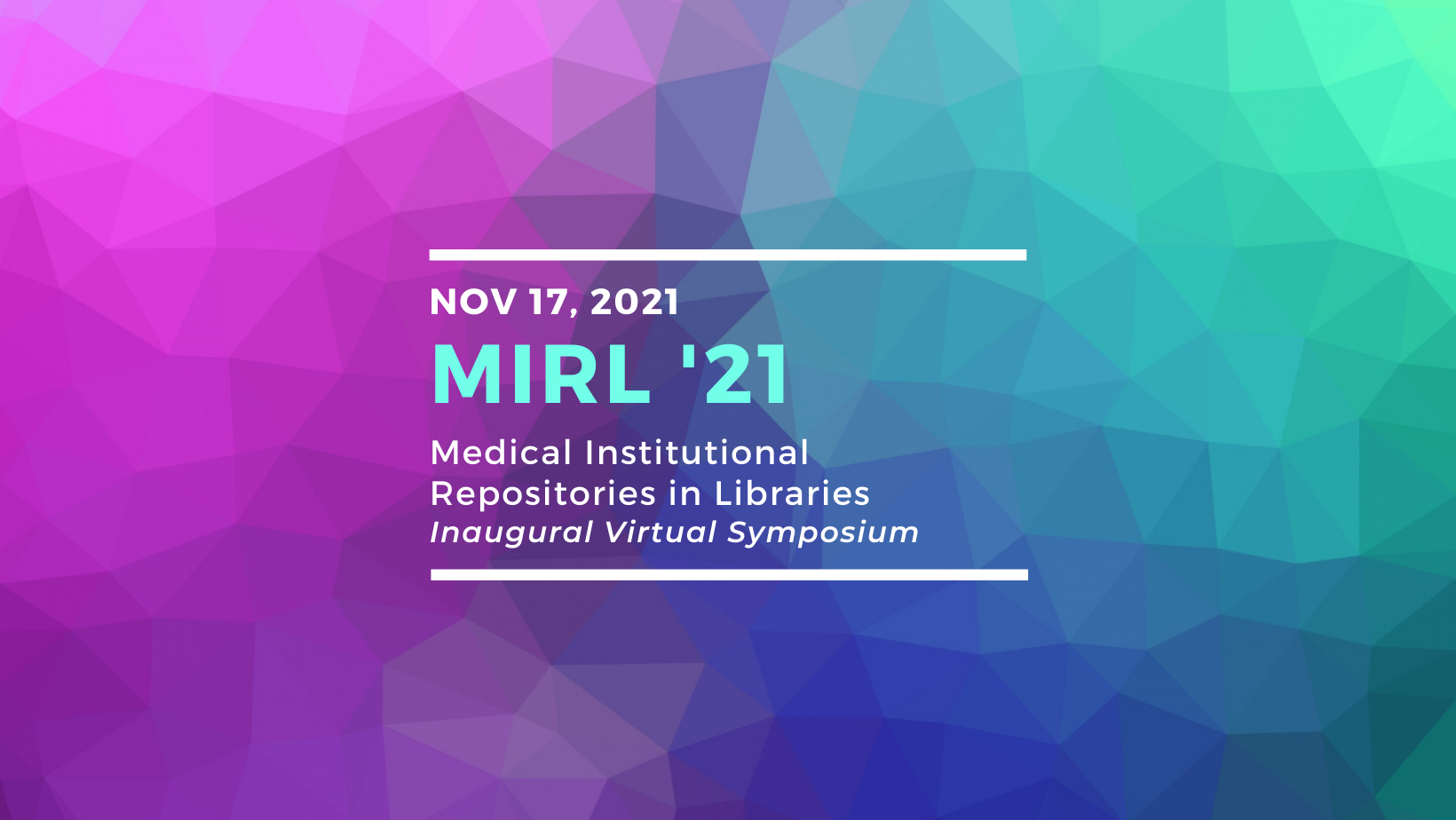Presentation Type
Lightning Talk
Date
2021-11-17
Streaming Media
Description
Academic libraries, and institutional repositories in particular, play a key role in the ongoing quest for ways to gather metrics and connect the dots between researchers and research contributions in order to measure “institutional impact,” while also streamlining workflows to reduce administrative burden. Identifying accurate metrics and measurements for illustrating “impact” is a goal that many academic research institutions share, but these goals can only be met to the extent that all organizations across the research and scholarly communication landscape are using best practices and shared standards in research infrastructure. For example, persistent identifiers (PIDs) such as ORCID iDs (Open Researcher and Contributor Identifier) and DOIs (Digital Object Identifiers) have emerged as crucial best practices for establishing connections between researchers and their contributions while also serving as a mechanism for interoperability in sharing data across systems. The more institutions using persistent identifiers (PIDs) in their workflows, the more connections can be made between entities, making research objects more FAIR (findable, accessible, interoperable, and reusable). Also, when measuring institutional repository usage, clean, comparable, COUNTER-conformant statistics are needed for accurate internal assessment, as well as for benchmarking with peer institutions. In this session, we will highlight three LYRASIS consortial programs: the ORCID US Community, the LYRASIS DataCite US Community (for DOIs), and the IRUS (Institutional Repository Usage Statistics) US Community, and how these programs influence the research lifecycle. In particular, we will discuss the impact to the research, researchers, and management of institutional repositories.
Keywords
institutional repositories, health sciences, Medical Institutional Repositories in Libraries, MIRL, MIRL 2021, repositories, impact, metrics
Open Access
1
Rights and Permissions
Copyright © 2021 Gujilde, Rabun, and Rosen
Repository Citation
Gujilde, Paolo P.; Rabun, Sheila; and Rosen, Hannah, "Community-driven Repository Infrastructure Programs at LYRASIS—an Overview" (2021). Medical Institutional Repositories in Libraries (MIRL). 12.
https://hsrc.himmelfarb.gwu.edu/mirl/2021/program/12
Community-driven Repository Infrastructure Programs at LYRASIS—an Overview
Academic libraries, and institutional repositories in particular, play a key role in the ongoing quest for ways to gather metrics and connect the dots between researchers and research contributions in order to measure “institutional impact,” while also streamlining workflows to reduce administrative burden. Identifying accurate metrics and measurements for illustrating “impact” is a goal that many academic research institutions share, but these goals can only be met to the extent that all organizations across the research and scholarly communication landscape are using best practices and shared standards in research infrastructure. For example, persistent identifiers (PIDs) such as ORCID iDs (Open Researcher and Contributor Identifier) and DOIs (Digital Object Identifiers) have emerged as crucial best practices for establishing connections between researchers and their contributions while also serving as a mechanism for interoperability in sharing data across systems. The more institutions using persistent identifiers (PIDs) in their workflows, the more connections can be made between entities, making research objects more FAIR (findable, accessible, interoperable, and reusable). Also, when measuring institutional repository usage, clean, comparable, COUNTER-conformant statistics are needed for accurate internal assessment, as well as for benchmarking with peer institutions. In this session, we will highlight three LYRASIS consortial programs: the ORCID US Community, the LYRASIS DataCite US Community (for DOIs), and the IRUS (Institutional Repository Usage Statistics) US Community, and how these programs influence the research lifecycle. In particular, we will discuss the impact to the research, researchers, and management of institutional repositories.



